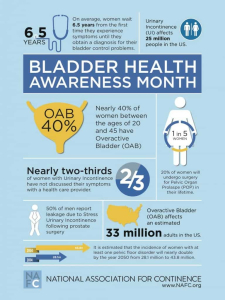Urology EMR systems are specialized electronic platforms designed to cater to the unique needs of urologists and their patients. These systems facilitate the digital storage, retrieval, and sharing of patient data. This includes medical history, diagnostic results, surgical notes, and treatment plans. By transitioning from paper-based records to EMR systems, urologists can streamline their practice, improve efficiency, and enhance patient care.
Benefits of Urology EMR Systems
Comprehensive Patient Data – Urology EMR Software centralize patient information, providing urologists with a holistic view of their patient’s medical file. By providing a comprehensive overview of patient history, diagnostic tests, imaging results, and treatment progress, urology EMR enhances diagnostic accuracy and supports better-informed decision-making.
Efficient Workflow Management – EMR systems optimize administrative tasks, such as appointment scheduling, billing, and prescription management. By automating these processes, urologists can focus more on patient care, improving overall workflow efficiency.
Data Security and Privacy – By employing robust security measures, urology EMR systems protect patient data from unauthorized access and breaches. With encrypted data storage and user access controls, patient privacy is prioritized.
Interoperability – EMR systems facilitate data exchange and interoperability with other healthcare providers and institutions. This seamless information sharing enhances care coordination, especially when patients require referrals or multidisciplinary treatment.
Streamlining Urology Workflow Management
Appointment Scheduling and Reminders – Workflow management tools within EMR systems allow urology practices to efficiently schedule appointments, manage patient queues, and send automated reminders to patients, reducing no-show rates and enhancing patient engagement.
Efficient Documentation – Urologists can streamline documentation by utilizing customizable templates for common urological procedures and diagnoses. This feature reduces the time spent on manual data entry and ensures consistent and accurate record-keeping.
Imaging and Diagnostic Integration – Workflow management tools enable seamless integration with imaging and diagnostic equipment, allowing urologists to access and review test results directly within the EMR system. This integration expedites the diagnosis process and eliminates the need for separate data entry.
Care Coordination and Referral Management – Workflow management tools facilitate communication between urologists and other healthcare providers involved in a patient’s care. It helps in coordinating referrals, exchanging crucial patient information, and fostering multidisciplinary collaboration.
Improving Patient Care with Urology EMR Systems
Personalized Treatment Plans – Urology EMR systems enable urologists to create tailored treatment plans based on individual patient data and medical history. Personalized care improves treatment outcomes and patient satisfaction.
Enhanced Patient Engagement – Patient portals and secure messaging features in EMR systems empower patients to actively participate in their care. They can access their medical records, communicate with their urologists, and stay informed about their treatment progress.
Telemedicine Capabilities – EMR systems equipped with telemedicine functionalities allow urologists to conduct virtual consultations and follow-up appointments. This feature enhances accessibility to care, especially for patients in remote areas or with mobility limitations.
Data-Driven Decision Making – Urology EMR systems provide data analytics and reporting tools that enable urologists to analyze trends, treatment outcomes, and population health data. Data-driven insights support evidence-based decision-making and quality improvement initiatives.









